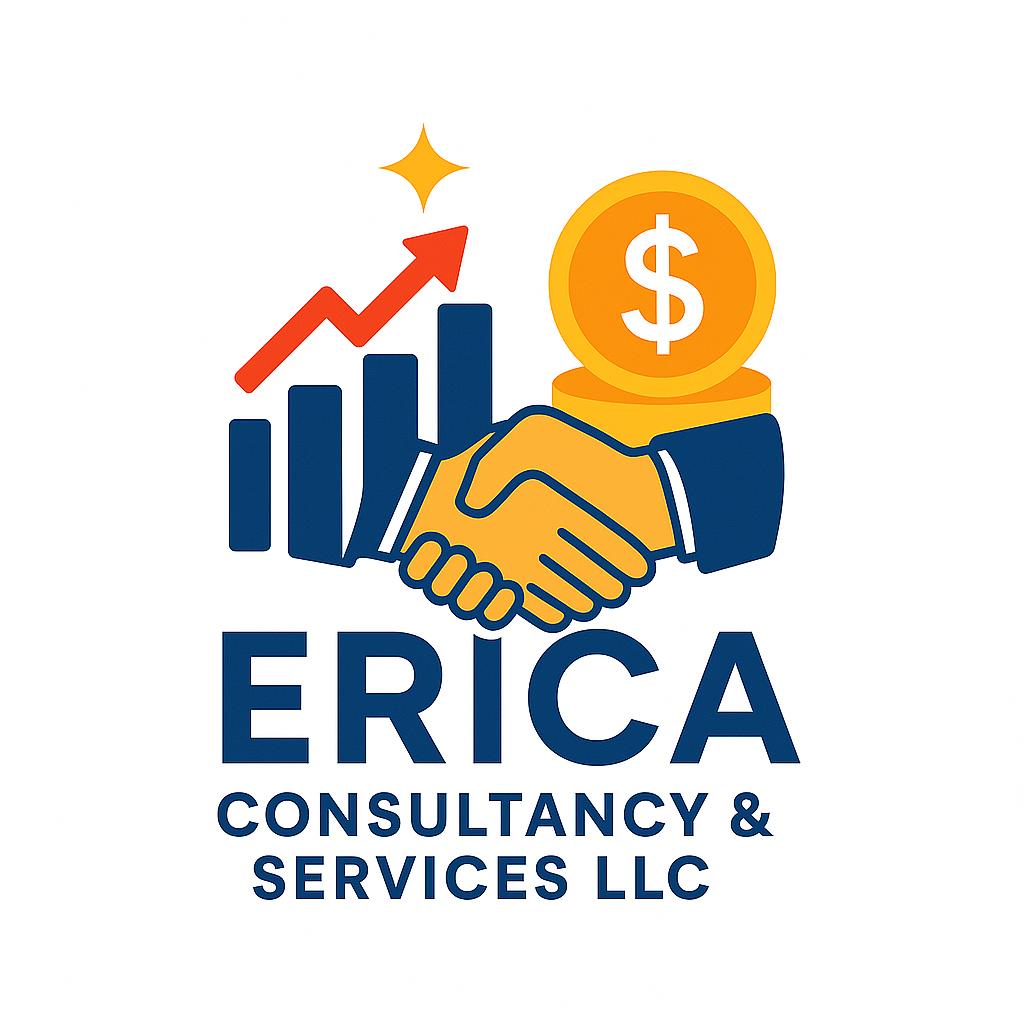What We Do
Chart of Accounts
Comprehensive Asset Tracking:
Detailed accounts for all assets improve visibility into the company's resources and their value.
Accurate Revenue Classification:
Clear categorization of revenue streams helps in identifying profitable areas and optimizing sales strategies.
Precise Expense Management:
Detailed expense accounts allow for better budgeting and cost control, identifying areas for cost reduction.
Effective Liability Monitoring:
Tracking liabilities helps in managing debt levels and ensuring timely payments, maintaining financial stability.
Clear Equity Representation:
Proper recording of equity reflects the owner's investment and retained earnings, showcasing financial health.
Accounting Services
Financial Accounting:
Focuses on preparing financial statements and reports for external users such as investors and regulators.
Managerial Accounting:
Provides internal management with detailed financial and operational information for decision-making.
Cost Accounting:
Analyzes and controls costs associated with production and operations to improve efficiency and profitability.
Tax Accounting:
Deals with tax return preparation and planning to ensure compliance with tax laws and regulations.
Nonprofit Accounting:
Handles financial management for nonprofit organizations, focusing on fund allocation and grant compliance.
Accounts Receivable (AR) Process Management
Invoice Generation and Delivery:
Create and send accurate invoices to customers for goods or services provided.
Payment Collection:
Track and receive payments from customers through various methods such as checks, electronic transfers, or online payments.
Accounts Tracking:
Monitor and record outstanding invoices and payments to manage receivables efficiently.
Credit Management:
Assess and manage customer credit limits, terms, and risk to minimize potential bad debts.
Payment Application:
Apply received payments to the correct customer accounts and invoices to update balances.
Collections Follow-Up:
Follow up on overdue invoices, send reminders, and manage collection efforts to ensure timely payment.
Invoice to Cash Management
Invoice Receipt and Logging:
Receive and record invoices from vendors or service providers.
Invoice Verification and Matching:
Verify the accuracy of invoices and match them with purchase orders and receiving reports.
Approval Workflow:
Route invoices through the necessary approval process to ensure validity and authorization.
Payment Scheduling:
Determine payment dates based on invoice terms and prioritize payments.
Payment Processing:
Execute payments through methods such as checks, electronic transfers, or online payment systems.
Account Reconciliation:
Reconcile accounts payable records with bank statements and vendor statements to ensure accuracy.
Vendor Management:
Maintain up-to-date vendor information and manage relationships, including handling inquiries and resolving disputes.
Expense Tracking:
Monitor and categorize expenses to ensure they align with the budget and financial plans.
Compliance and Reporting:
Ensure compliance with regulatory requirements and generate reports for internal and external stakeholders.
Budgeting & Forecasting
Budget Preparation:
Develop initial budget drafts based on organizational goals, historical data, and strategic plans.
Revenue Projections:
Estimate future revenue based on historical performance, market analysis, and sales strategies.
Expense Planning:
Outline expected expenses, including fixed and variable costs, and allocate resources accordingly.
Budget Approval:
Review and obtain approval for the budget from relevant stakeholders, such as management or the board.
Variance Analysis:
Compare actual financial performance against budgeted figures to identify and analyze variances.
Financial Modeling:
Create financial models to simulate various scenarios and assess the impact on budget and forecasts.
Financial Reporting & Analysis
Financial Statement Preparation:
Compile and generate key financial statements such as the Income Statement, Balance Sheet, and Cash Flow Statement.
Variance Analysis:
Compare actual financial performance against budgeted or forecasted figures to identify and analyze variances.
Ratio Analysis:
Assess financial health using key ratios such as liquidity, profitability, and solvency ratios.
Trend Analysis:
Examine financial trends over time to identify patterns and forecast future performance.
Segment Reporting:
Provide detailed financial reports by business unit, product line, or geographical region to assess performance.
Cost Analysis:
Analyze costs to determine cost structures, profitability, and areas for cost reduction.
Revenue Analysis:
Evaluate revenue streams to understand sources of income and assess revenue growth and stability.
Cash Flow Analysis:
Review cash flow statements to assess liquidity, cash generation, and usage of cash in operations, investing, and financing.
Compliance and Regulatory Reporting:
Ensure financial reports meet regulatory requirements and standards such as GAAP or IFRS.
Management Reporting:
Prepare and present financial reports and insights to management for strategic decision-making and performance evaluation.
Transaction Logging
Sales Transactions:
Records of all revenue-generating sales and services provided.
Purchase Transactions:
Documentation of all business-related purchases and acquisitions.
Payment Entries:
Details of outgoing payments, including bills and other expenses.
Receipt Entries:
Records of incoming funds, such as payments from customers and other sources.
Adjustment Entries:
Adjustments or corrections made to previous transactions to ensure accuracy.
